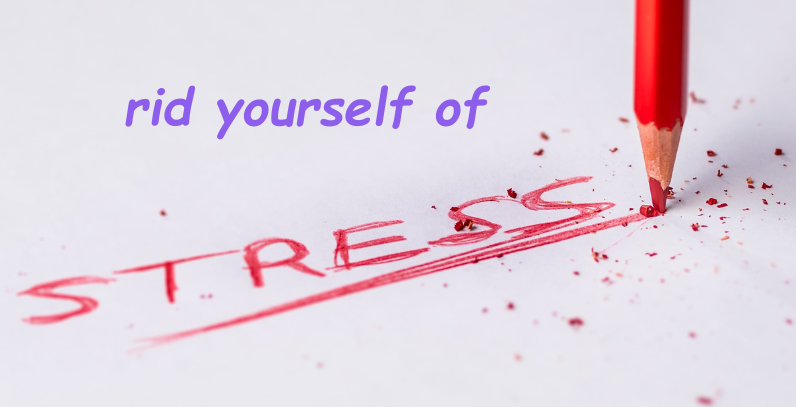How to Break Free From Burnout and Reignite Your Passion
Break Free From Entrepreneurial Burnout and Reignite Your Passion As an entrepreneur, do you feel like you’re walking on a tightrope? Each step is more uncertain than the last one you took. You are scared of that one misstep that
How to Break Free From Burnout and Reignite Your Passion Read More »






